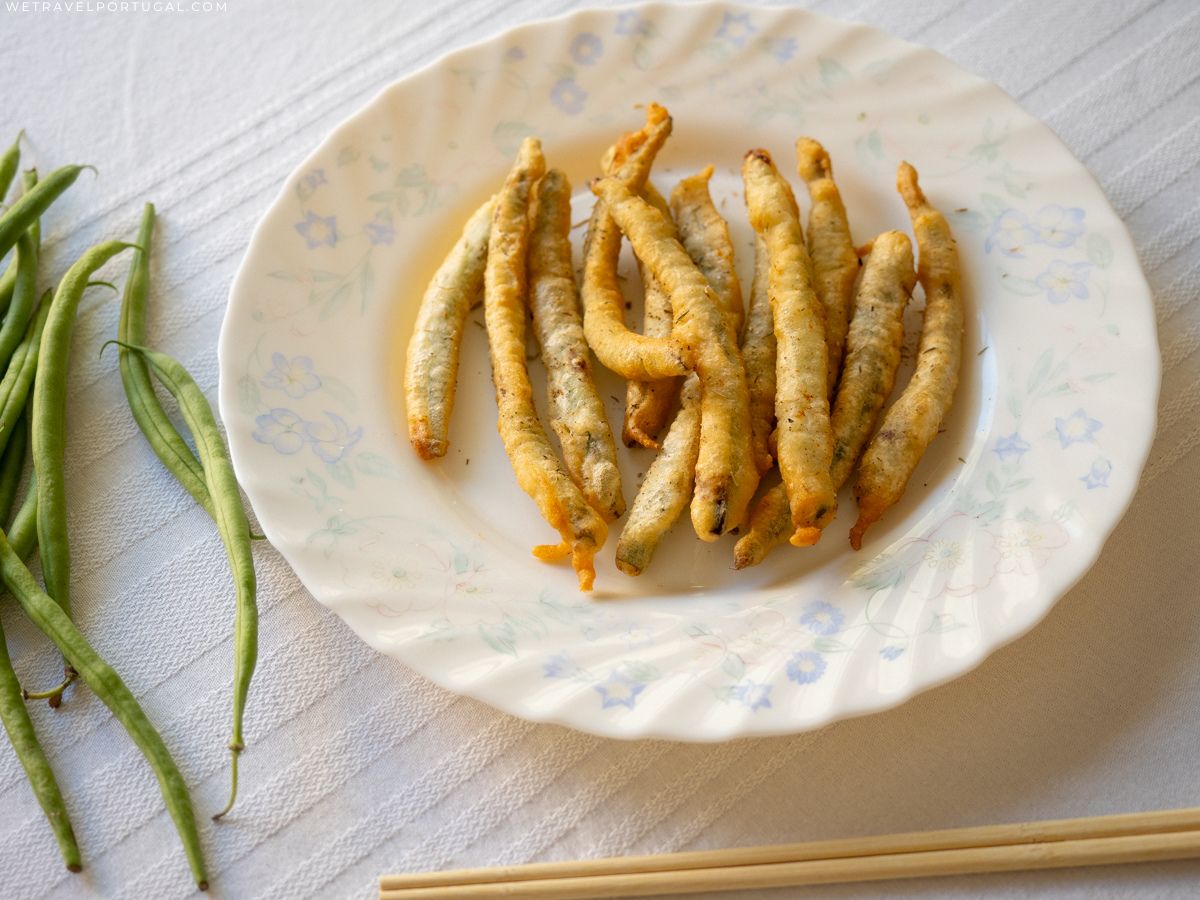Peixinhos da Horta, literally translatable into ‘little fish from the garden’, is a savoury snack very popular across restaurants and petisqueiras in Lisbon and surroundings. It basically consists of green beans that are coated in a light batter then deep fried. Their name? Well, they supposedly resemble miniature fried sardines. They are simply delicious, and one of the few Portuguese dishes that are originally vegetarian.
It’s believed the dish was created for times where eating meat was prohibited in the Catholic faith. But also, for those who couldn’t afford fish, and also a great way to preserve green beans and other vegetables when travelling long distances.
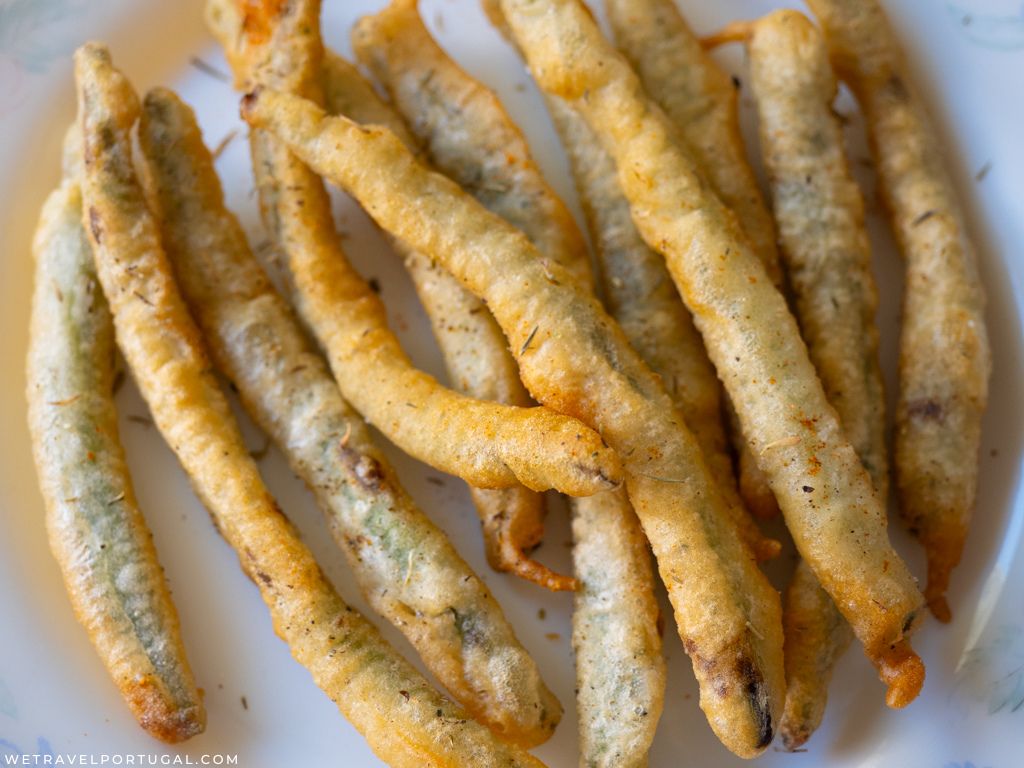
The Japanese Connection – Portuguese Food in Japan
Those who try ‘peixinhos da horta’ often assume it’s inspired in the Japanese tempura. What many don’t know is that it was in fact the other way around, and the Portuguese were not only the first Europeans to reach Japan. But also, the ones who introduced the technique of coating vegetables in a batter before frying them in hot oil to Japan. So how exactly did the Japanese came across this traditional Portuguese dish?
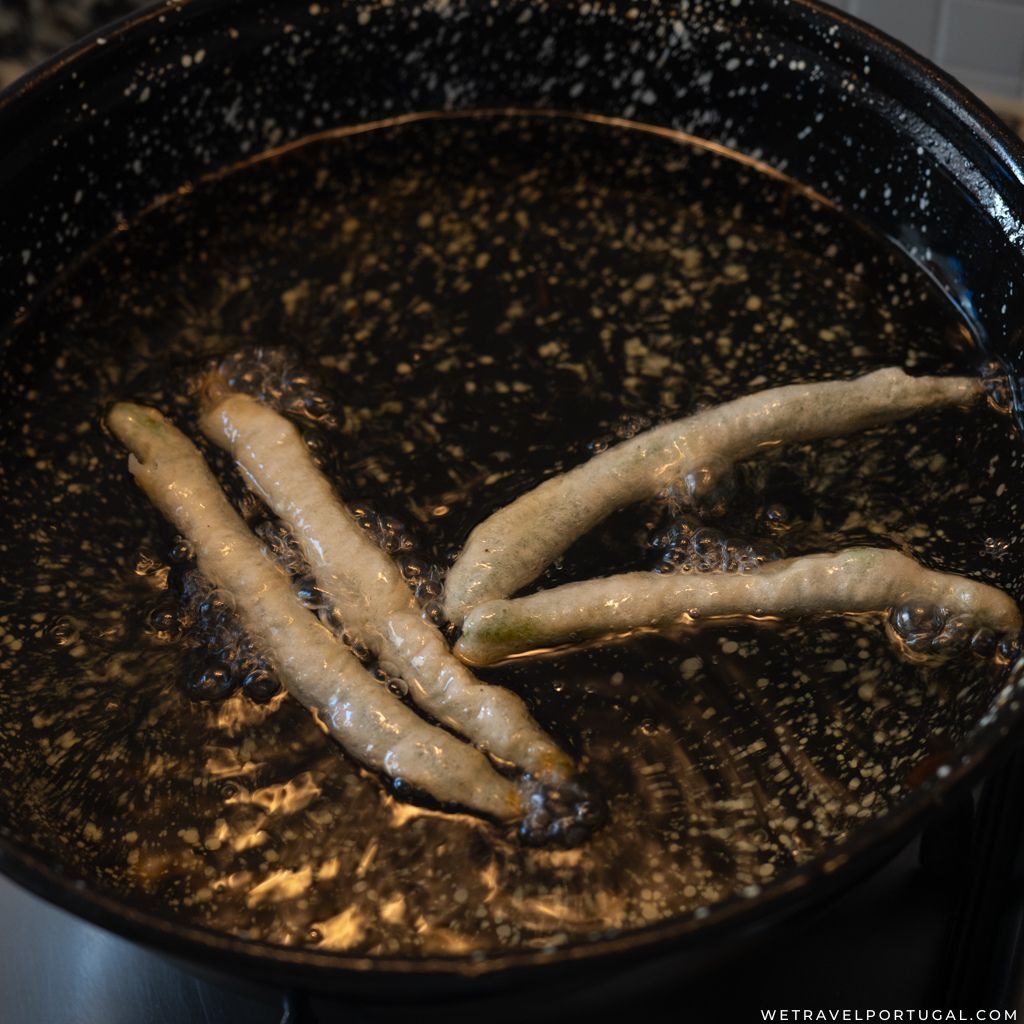
Portuguese Japanese relations started in 1543, when a ship heading to Macau lost its course, ending up in Tanegashima. On board the ship were three Portuguese traders believed to be Antonio Peixoto, António da Mota and Francisco Zeimoto. These traders were the first documented Europeans to set foot in Japan, and their arrival marked the beginning of trading between Japanese and Europeans, later called the Nanban Trading Period. Upon their accidental arrival in Japan, the Portuguese soon started to trade with the locals. Offering goods such as soap, tobacco, and firearms, which at that time were a novelty to the Japanese.
Nanban Period Japan
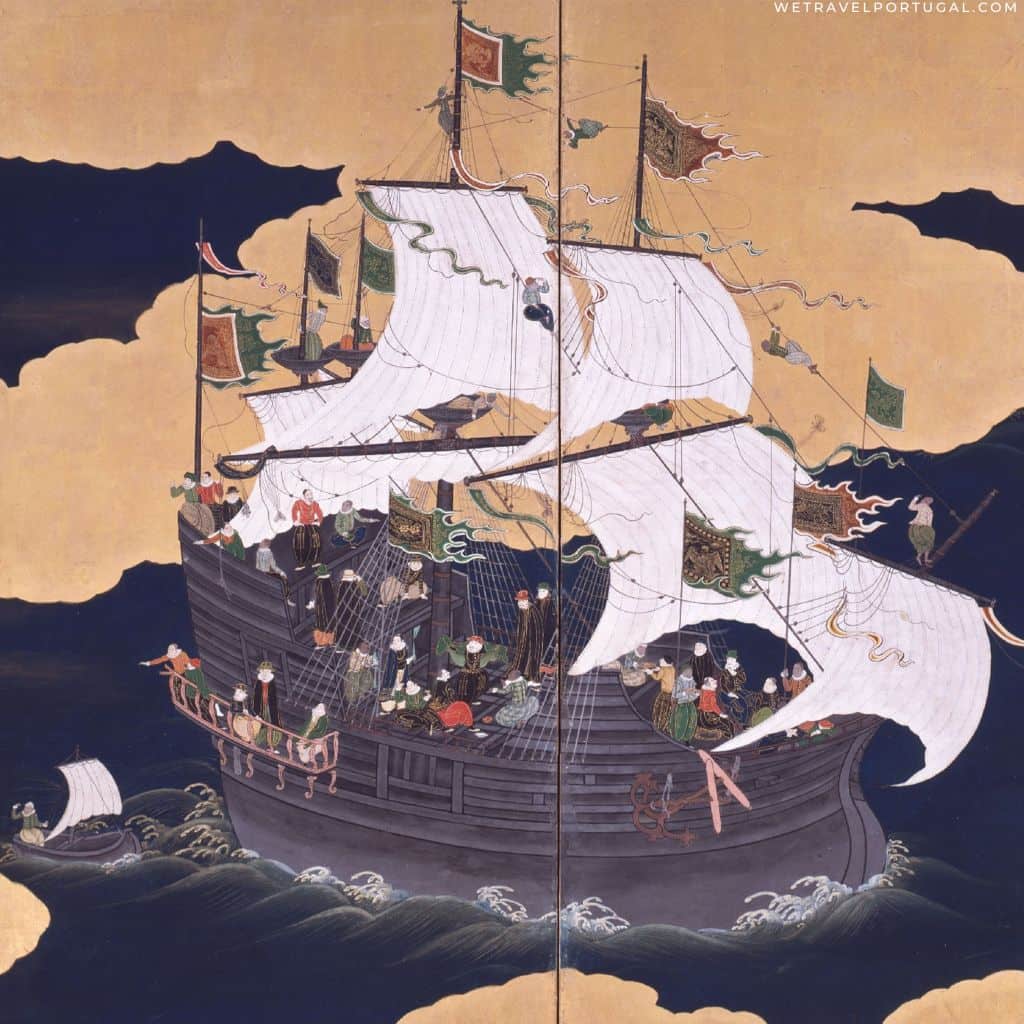
The Portuguese presence in the country continue to grow, with the arrival of a Jesuit group in 1549, by 1571 the Portuguese had opened Nagasaki’s port for foreign trade. The Portuguese presence in Japan came to an end in 1639, almost 100 years after the arrival of the three explorers. Japan would enter a period of self-isolation known as Sakoku, expelling nearly all foreign nationals from the country.
The long period of inhabitancy by the Portuguese in Japan left several marks in the country’s culture and language. Such as over 400 words in modern Japanese which originated from the Portuguese, Christianity, and of course ‘peixinhos da horta’ baptized as tempura by the Japanese.
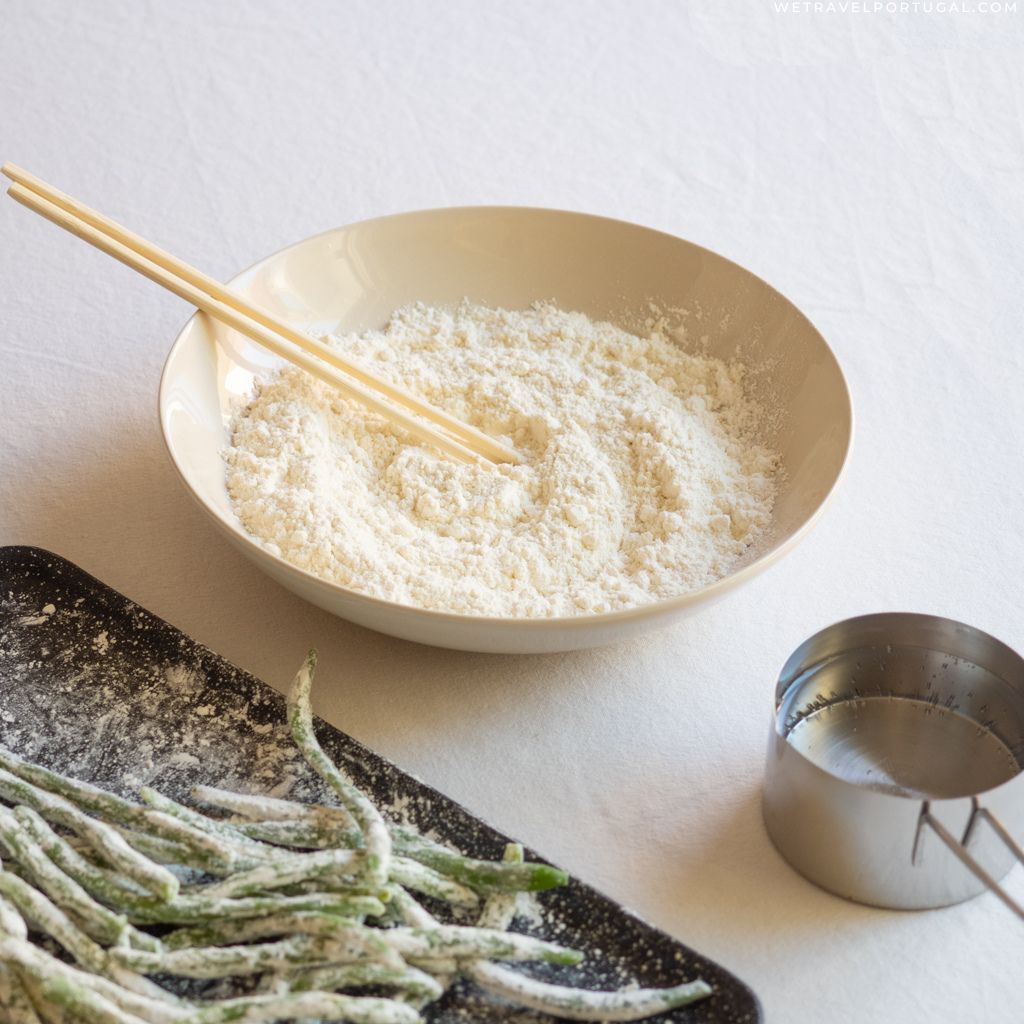
About Our Peixinhos da Horta Recipe
Like almost all Portuguese dishes, there are dozens of different recipes out there. The main differences you will find are in the batter. Some people prefer a lighter batter just made of flour, water and salt. Other recipes call for eggs and baking powder, which results in a more doughy texture. You will even find some recipes with beer, and plenty of seasonings such as paprika and garlic powder. Our recipe lies somewhere in between, as we prefer a light batter, and to season it with some herbs and spices at the end just as you ‘fish’ your peixinhos from the hot oil. Similar of what you would do with fries.
We are using the round green beans or ‘string beans’, but you can also use the Romano variety. If you are using Romano beans, just keep in mind that you might have to cut it in half lengthwise before blanching. Apart from the batter consistency and oil temperature, there’s no mystery in cooking peixinhos da horta.
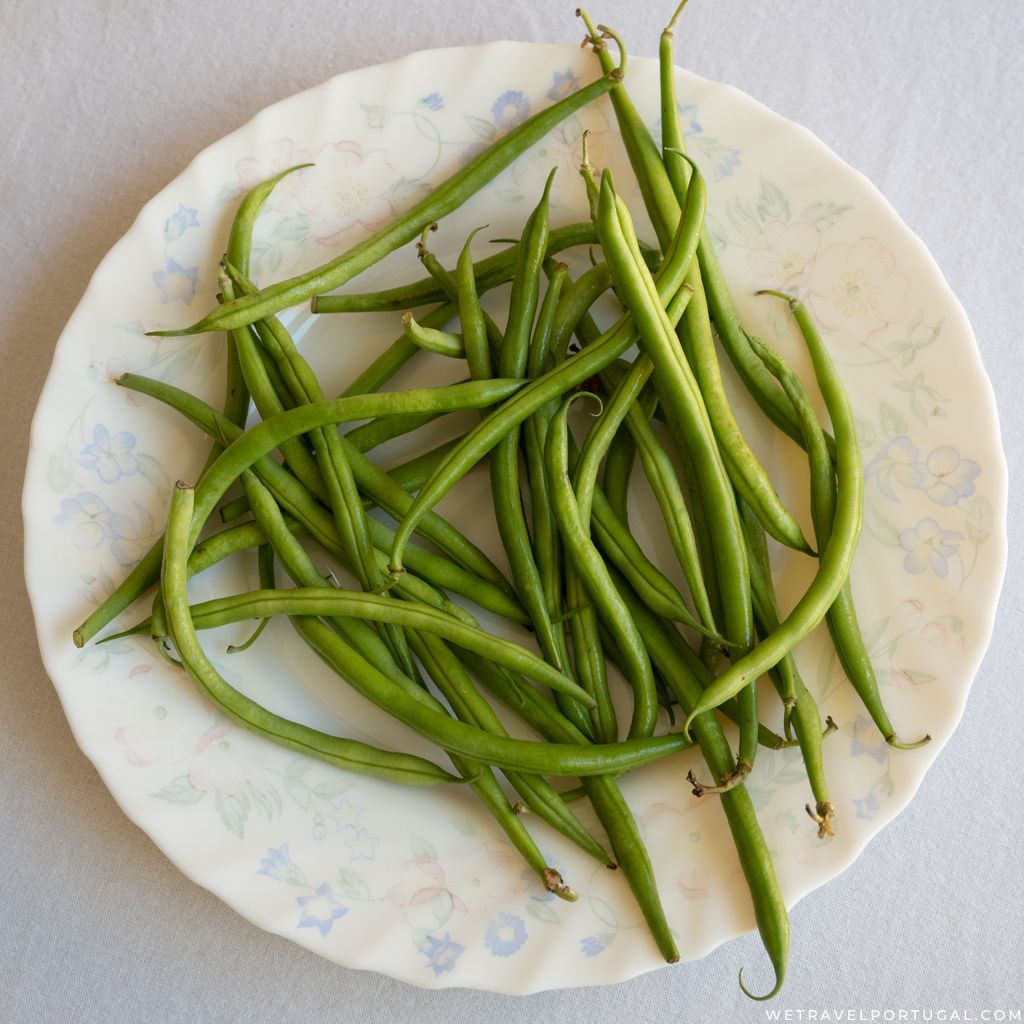
This recipe is easy to prepare and only requires a handful of ingredients that you probably already have at home. Our recipe is also suitable for vegetarians and vegans, and it can be used with other vegetables such as peppers and zucchini. It’s perfect to serve with other snacks and appetizers but also as the starter of a complete meal. Continue reading to learn how to make your very own ‘little fish from the garden’.
How to Make Peixinhos da Horta – Portuguese Battered Green Beans

We would love to know your thoughts on this recipe! If you are looking for more Portuguese snacks, perhaps you want to take a look at our
More Incredible Portuguese Petiscos and Sides:
- Portuguese Garlic Prawns
- Portuguese Sausage Croquettes
- Pastéis de Bacalhau
- Portuguese Pica-pau (Woodpecker Beef)
Follow Us!


